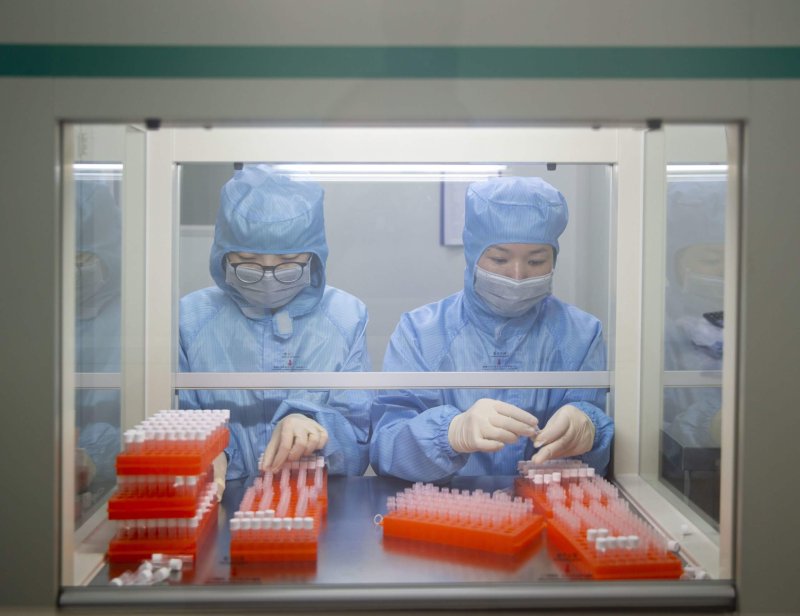Synthetic versions of the deadly virus could help test treatments. But what are the risks when viruses can be synthetized from scratch?
…
Led by Ralph Baric, an expert in coronaviruses—which get their name from the crown-shaped spike they use to enter human cells—the North Carolina team expects to recreate the virus starting only from computer readouts of its genetic sequence posted online by Chinese labs last month.
The remarkable ability to “boot up” viruses from genetic instructions is made possible by companies that manufacture custom DNA molecules, such as Integrated DNA Technology, Twist Bioscience, and Atum. By ordering the right genes, which cost a few thousand dollars, and then stitching them together to create a copy of the coronavirus genome, it’s possible to inject the genetic material into cells and jump-start the virus to life.
…
The real virus and the synthetic one should be basically identical. But with the synthetic one, “we have a DNA copy that we can go back to over and over and over again, to make genetically identical viruses,” says Timothy Sheahan, a researcher at UNC who works with Baric. Starting from these copies, scientists can remove genes, add others, and figure out things like what makes the germ spread and how it gains access to human cells.
…
The advanced state of synthetic virus research, and the ability to genetically engineer germs, inevitably feeds fears, and conspiracy theories. Social media and some blog sites have been full of groundless speculation that the new virus was accidentally released from a Chinese bioweapon lab located outside of Wuhan.































